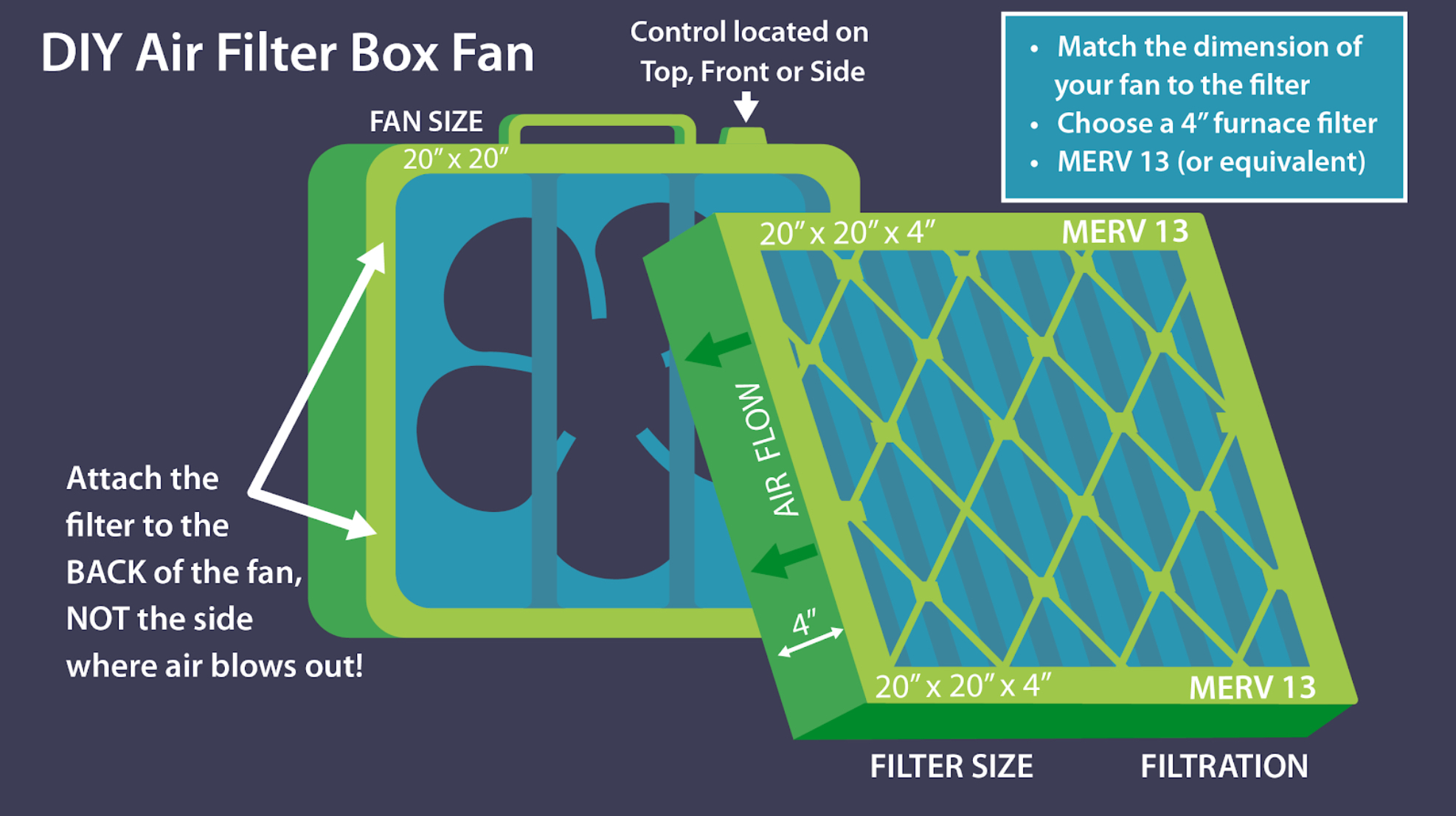The short answer is yes. Unbelievably, the labor-saving device that we count on to get dishes, glasses, pots, and pans clean enough to eat from is likely reducing the indoor air quality of your home.
We did a little experiment using an indoor air quality monitor. We placed the indoor air quality monitor in a room adjacent to the kitchen and ran the dishwasher three times:
- Dishwasher run with standard soap, heat and dry cycle on = Air Quality: RED ZONE (bad)
- Dishwasher run with no soap, heat and dry cycle on = Air Quality: RED ZONE (bad)
- Dishwasher run with standard soap, heat and dry cycle off = Air Quality: BLUE ZONE (good)
Our conclusion? Soap was not causing elevated levels of VOCs but high temperature combined with chlorinated water was.
Why is this happening?
Dishwashers “clean” with high water temperatures and heat during drying cycles which can result in temperatures of 160º or more. The heat causes any pollutants or VOCs present to vaporize and get released into your home as steam. Visible steam usually dissipates a few inches from the dishwasher, but the invisible VOCs travel throughout your home.
(Note: if your hot water temperature is below 120º you need to be using the heat setting on your dishwasher to make sure your dishes are sterilized and prevent Legionella. But you do not need to use the dry cycle which heats the water at the end of the cycle to dry the dishes faster, this is the highest temperatures and creates the most impact.)
So what gets vaporized? Probably chlorine. According to the California Environmental Protection Agency, “Most cities and counties use chlorination to disinfect their water supply. As a result, when the water (especially hot water) comes out of your faucet or is heated, chloroform vaporizes into the surrounding air. You can be exposed to chloroform when cooking, washing dishes or clothes, bathing, or operating the dishwasher.”
In addition, any other harmful chemicals present in your water supply, such as radon or constituents of gasoline, lead, nitrates, nitrites, even when present in only trace amounts, can be transferred from water to indoor air.
Finally, because of their moist environment, dishwashers can also harbor mold. Keep the rubber seal clean and dry when not in use and address leaks promptly.
What can you do to improve the indoor air quality?
To improve the indoor air quality of your home, you don’t have to stop using your dishwasher. But do avoid using special features like extra heating or drying cycles which just increase temperatures over even longer periods of time.
And make sure your kitchen (and home) has adequate ventilation. Crack a window or run the range hood while the dishwasher is going and for 5-10 minutes after you open it when it is done cleaning.
And even though dishwasher soap doesn’t seem to be impacting VOC levels, we still recommend using non-fragranced, less-toxic detergent? Less exposure to chemicals is good for both your health and the environment.
Hayward Score helps you discover how your home may be impacting your health in minutes – – for FREE!
Answer a quick set of questions then get a personalized list of action items. Transform your home and health today!

ARE YOU CONCERNED YOUR HOME IS MAKING YOU SICK?
Our guide on indoor quality will help you diagnose possible issues and implement intelligent solutions to improve the quality of the air inside your home.















